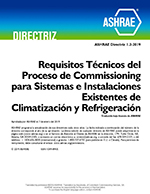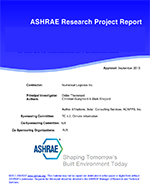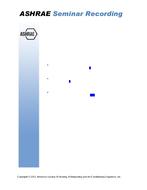A model of an engine-driven heat pump has been developed consisting of two parts, an engine model and a heat pump model. The engine model was developed by the authors and the heat pump model was obtained from a national laboratory. The model was used to calculate the seasonal coefficient of performance (COP) during an average heating season for a typical engine-driven heat pump located in two different climates (Des Moines, Iowa, and Dallas, Texas). The effects of engine size and engine-to-compressor speed ratio on seasonal COP were calculated. The energy costs of operating an engine-driven heat pump and an electric-motor-driven heat pump were compared. Both were modelled as operating in constant-speed (on-off) and variable-speed (load-modulated) modes. Using typical residential gas and electric rates, it was found that variable-speed operations is more economical for electric heat pumps but constant-speed operation could be more economical for gas-engine-driven heat pumps.
KEYWORDS: calculating, heat pumps, engine driven heat pumps, coefficient of performance, heating season, climate, USA, energy consumption, costs, comparing, gas, electricity, operations, economics.
Citation: ASHRAE Transactions, vol. 96, pt. 2, St. Louis 1990
Product Details
- Published:
- 1990
- Number of Pages:
- 9
- File Size:
- 1 file , 1.2 MB
- Product Code(s):
- D-18660


